Cummins to begin electrified powertrain delivery in 2019; alternative fuels and power, digitalization
Green Car Congress
JUNE 15, 2017
executives outlined plans to provide a range of power technologies spanning diesel and natural gas engines to fully electric and hybrid powertrains. Cummins will begin electrified powertrain delivery in 2019, including full battery-electric and plug-in hybrid systems. During a teleconference yesterday, Cummins Inc.


















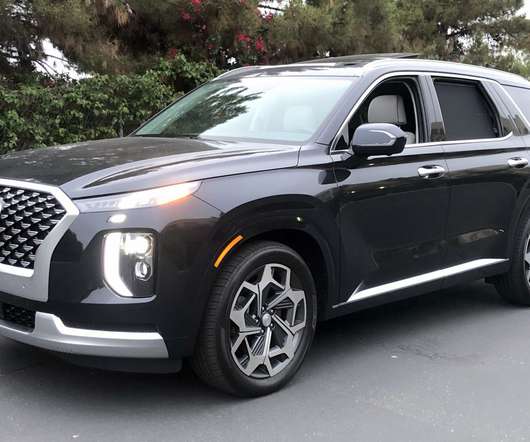


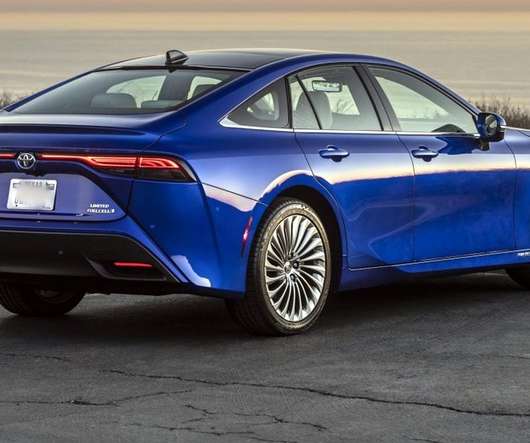









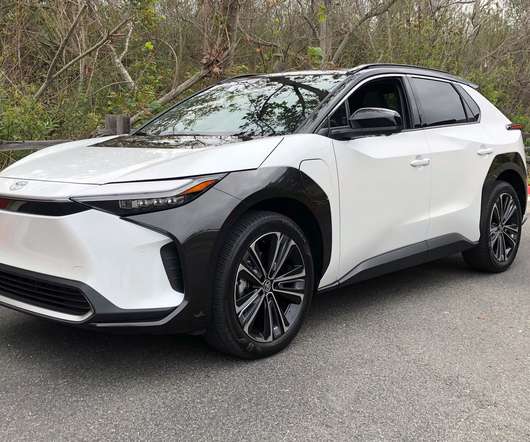
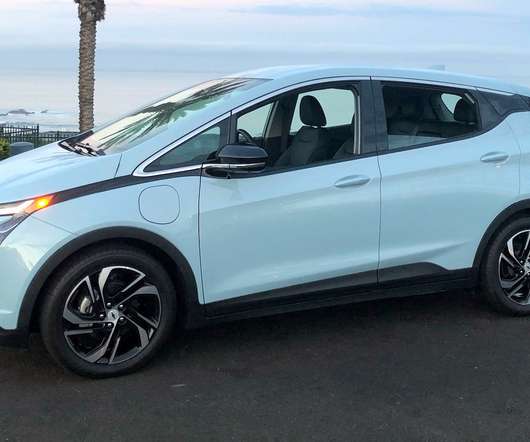
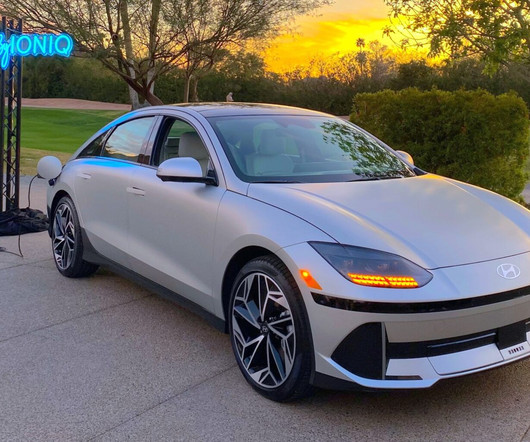








Let's personalize your content